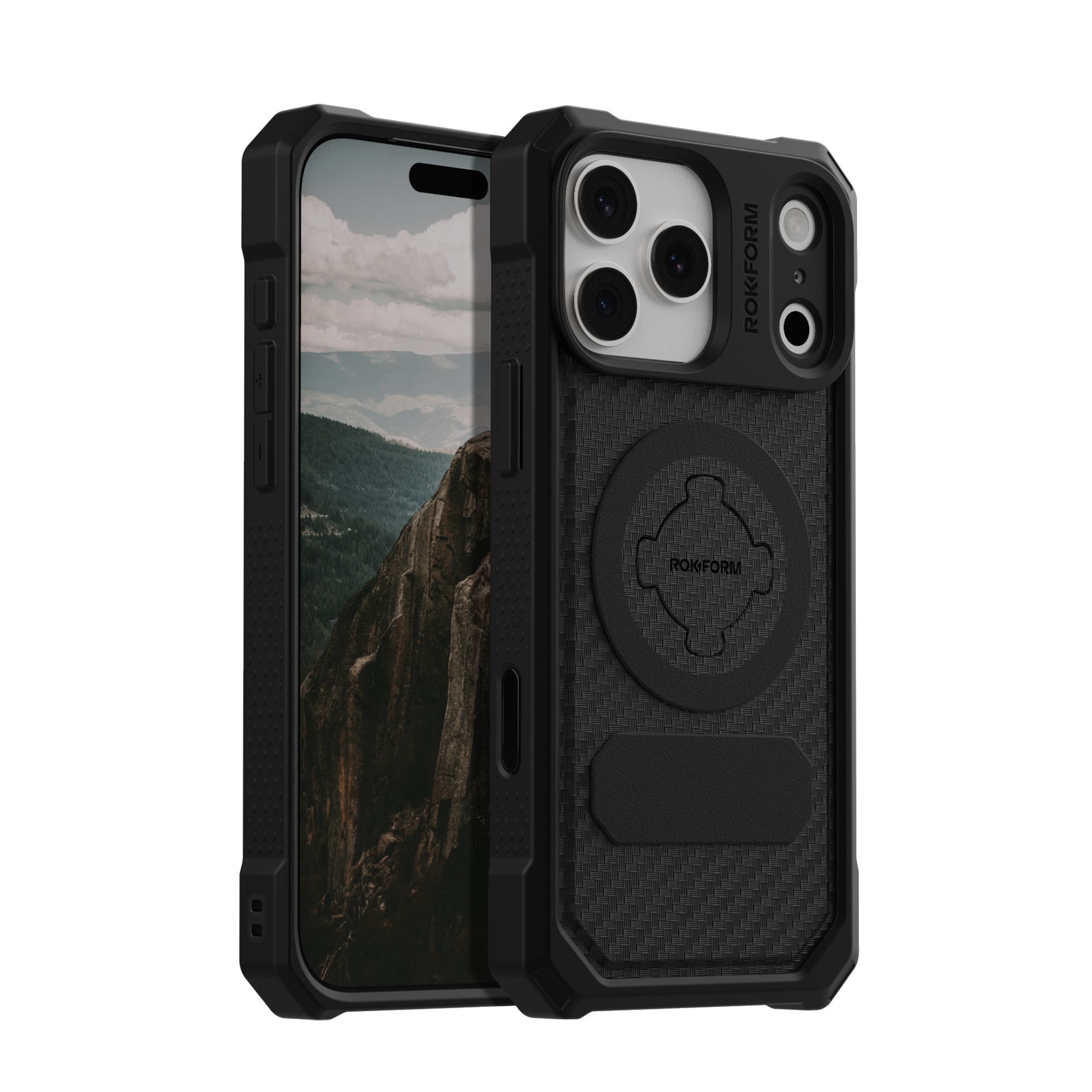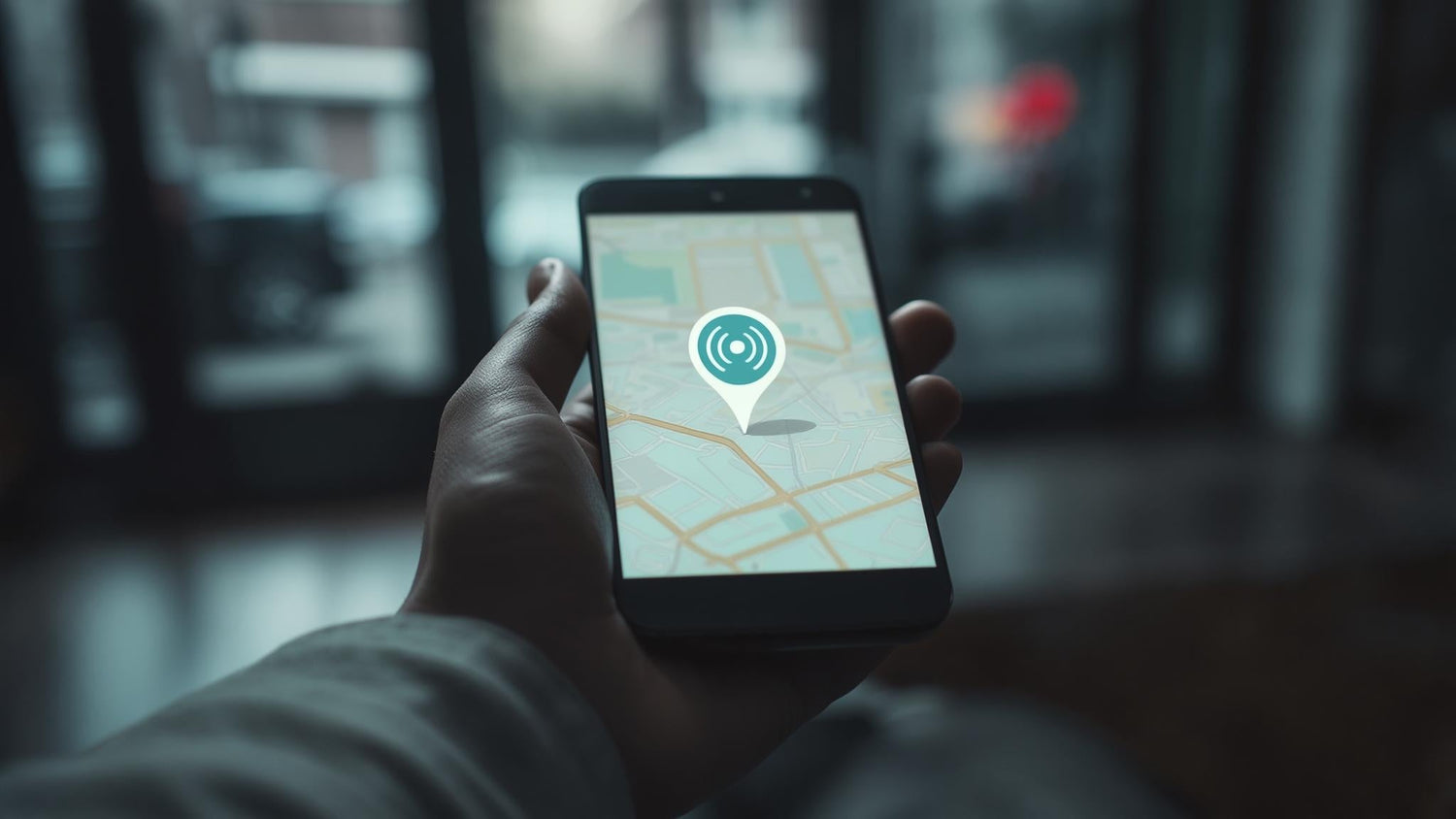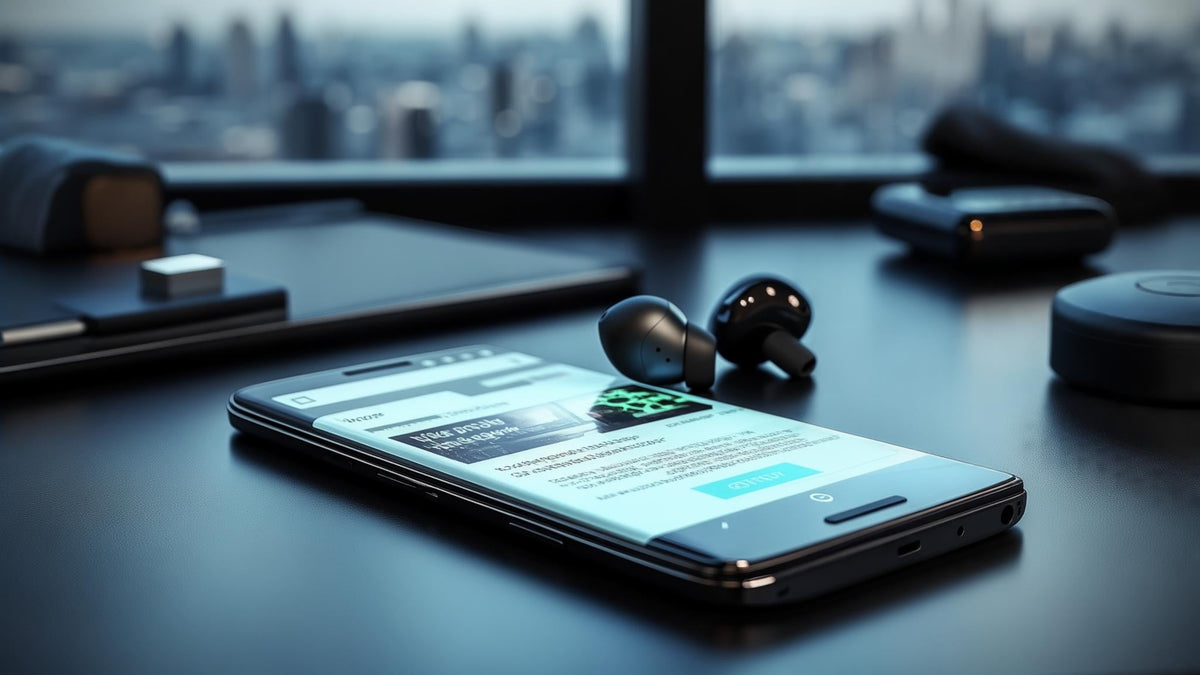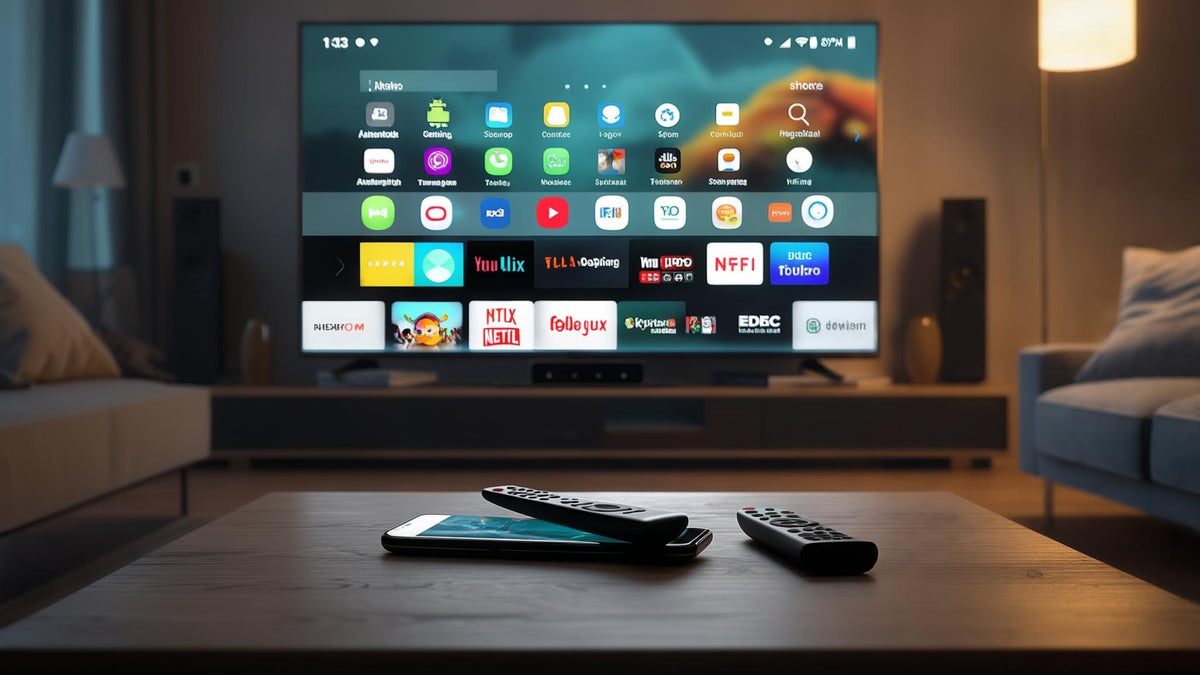Table of Contents
The Panic Moment - First 10 Minutes That Matter
Google's Find My Device - When It Works (And When It Doesn't)
Backup Plans for When Google Fails You
Setting Up Before Disaster Strikes
When All Else Fails - Real Talk About Recovery
TL;DR
Call your phone first - sometimes people actually answer
Google's Find My Device can make your phone ring even on silent
Set up location services NOW, not when you're panicking
Dead battery = game over for most tracking methods
Sometimes phones just disappear forever, and that's life
The Panic Moment - First 10 Minutes That Matter
That gut-punch feeling when you realize your phone is gone? I've been there. Multiple times. Lost phones in Uber rides, at concerts, even in my own house under couch cushions. After dealing with this nightmare more than I'd like to admit, I've figured out what actually works and what's just wishful thinking.
Here's the thing - when you're panicking, your brain turns to mush. You forget obvious stuff and waste time on things that don't matter. With Americans spending an average of 5 hours and 16 minutes per day on their phones, losing your device isn't just losing a gadget - it's losing your entire digital life.
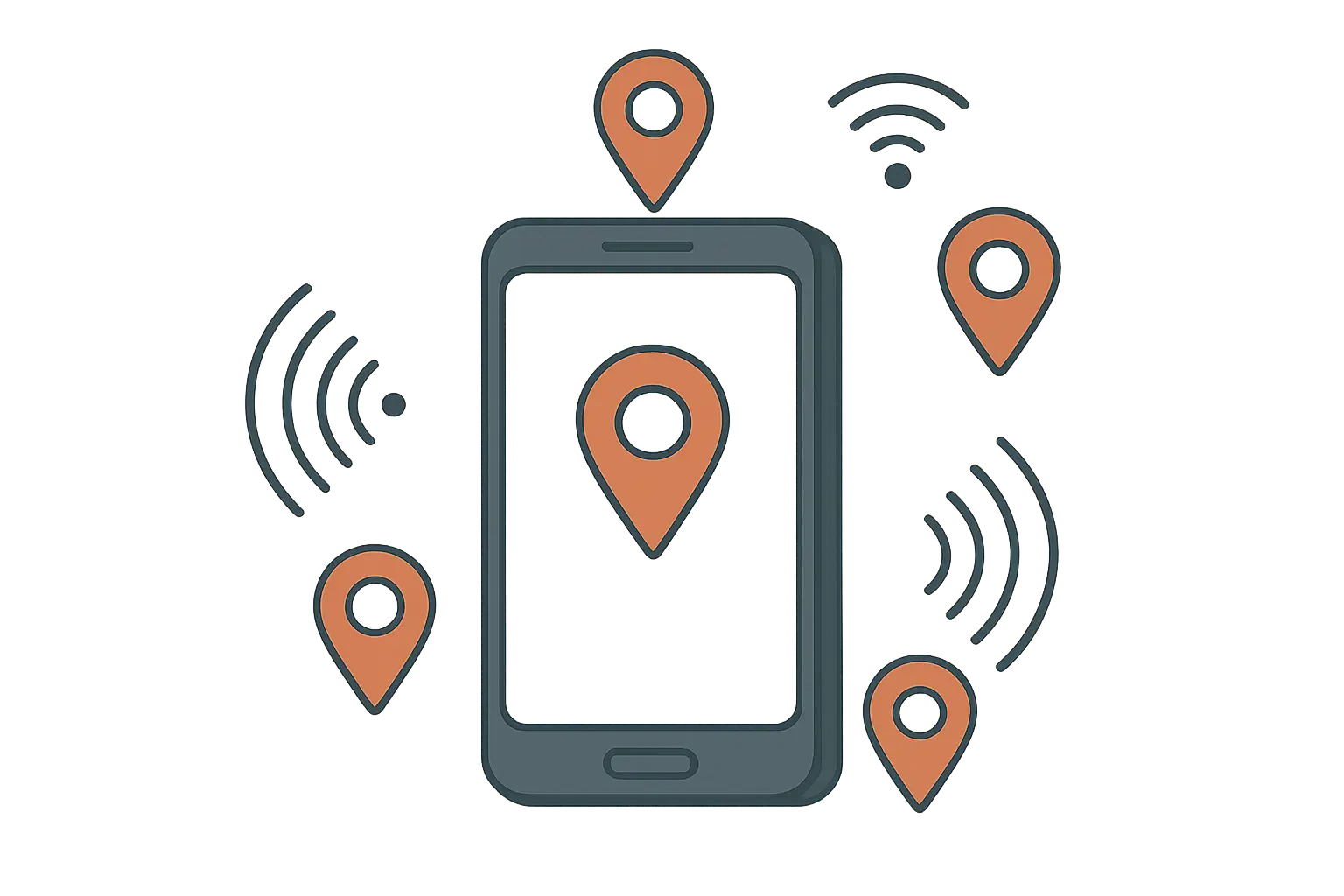
Your Emergency Game Plan (Do This Right Now)
When you realize your phone is missing, here's what you do immediately:
Call your phone - Obvious but works more than you'd think. Someone might actually answer.
Use Find My Device - Go to android.com/find on any computer or borrow someone's phone
Make it ring - Works even if your phone is on silent mode
Check your last locations - Think about where you've been in the last few hours
Don't panic yet - Most "lost" phones are just hiding somewhere dumb
I found my phone wedged between car seats after 30 minutes of panic. My friend's phone was in her purse the whole time, buried under receipts. Sometimes the obvious stuff works.
Why the First Hour Matters Most
If someone found your phone, they're most likely to answer it or turn it in during the first hour. After that, people get busy, batteries die, or phones end up in lost-and-found boxes where nobody checks them.
Last month at a concert, my phone slipped out of my jacket pocket. Used Find My Device from my friend's phone and discovered it was still in the venue, under some programs near our seats. Security found it in minutes because I acted fast - before the cleaning crew came through.
Google's Find My Device - When It Works (And When It Doesn't)
Google's built-in phone finder has gotten pretty good over the years. It's baked right into Android, so it works even when other apps crash or fail. But here's what they don't tell you - it only works if you set it up correctly beforehand.
The service just got a major overhaul. Find My Device just vanished from Android settings as Google transitions to its new Find Hub platform. Don't worry though - the core functionality is the same, just with a new name and better features.
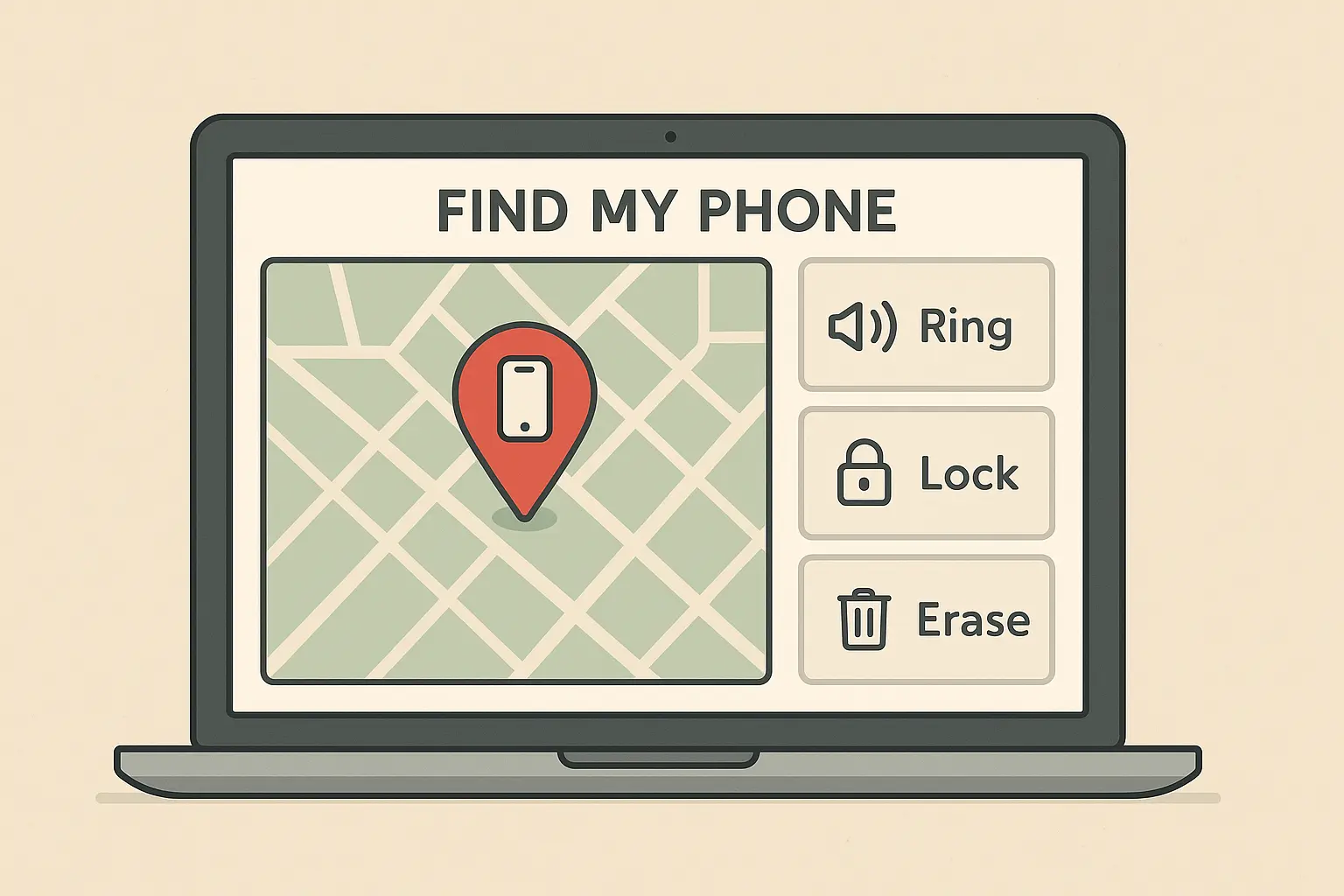
Setting It Up (The Boring Stuff That Saves You Later)
Look, I know setup is boring. But spending 5 minutes now saves you hours of panic later. Here's what you need to do:
Quick Setup Checklist:
Settings > Security & Location > Find My Device (turn it ON)
Settings > Location (make sure this is ON too)
Settings > Accounts > Google (verify sync is working)
Test it once to make sure it actually works
That's it. Don't overthink it.
What You're Setting Up |
Where to Find It |
Why It Matters |
|---|---|---|
Find My Device |
Settings > Security |
Can't find your phone without this |
Location Services |
Settings > Location |
No location = no finding |
Google Sync |
Settings > Accounts |
Connects everything together |
What Find My Device Actually Does
Once you're set up, here's what you can do from any computer or phone:
Ring Your Phone: Makes it scream at full volume for 5 minutes, even on silent. I've found phones buried in laundry this way.
Lock Your Phone: Puts a custom message on the lock screen. Smart people put an alternate contact number here.
Erase Your Phone: Nuclear option. Only do this if you're sure it's stolen and you'll never see it again.
Track Location: Shows you where your phone is (or was) on a map. Sometimes it's scary accurate, sometimes it's "somewhere in this 3-block radius."
When It Doesn't Work (Reality Check Time)
Here's the honest truth - Find My Device isn't magic. It fails when:
Your phone is dead (most common reason)
No internet connection (WiFi or cellular)
Location services were turned off (rookie mistake)
Someone knows what they're doing (factory reset kills everything)
Recent Android phones can be detected even when they're off, using something called Bluetooth Low Energy beacons. But this only works for a few hours and requires other Android phones nearby to detect yours. Don't count on it.
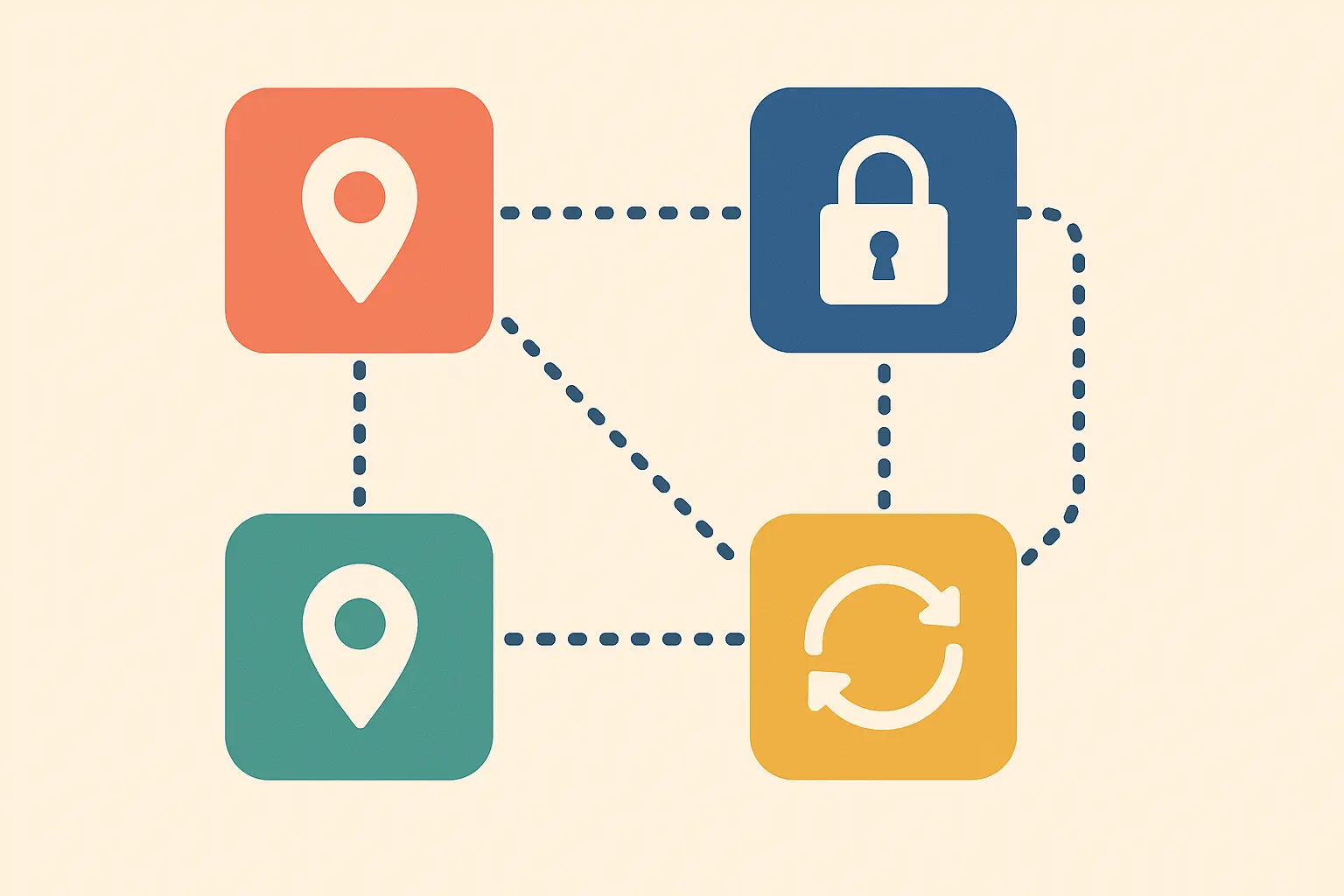
Backup Plans for When Google Fails You
Sometimes Google's stuff doesn't work. Maybe you forgot to set it up, maybe your phone is in airplane mode, or maybe you're dealing with someone who knows how to disable tracking. That's when you need Plan B.
Your Phone Company Can Help (Sometimes)
Most carriers can locate your phone through their cell towers, even when other methods fail. They don't advertise this much, but it exists. Call customer service and ask about device location services.
Fair warning: They're usually not as helpful as Google's service, and some carriers charge for it. But when you're desperate, it's worth asking.
Third-Party Apps That Go Beyond Basic Tracking
Apps like Prey, Cerberus, and Life360 offer features Google doesn't. The cool ones can take secret photos of whoever's using your phone, track detailed location history, and work in stealth mode so thieves don't know they're being tracked.
Setting up a backup tracker:
Download from Google Play Store (read reviews first)
Create account and give it all the permissions it wants
Test it before you need it
Some of these apps will take a selfie of whoever enters the wrong unlock code. Imagine getting a photo of the person who has your phone - pretty useful for police reports.
A friend installed Cerberus after losing two phones in six months. When his car got broken into and phone stolen, the app automatically photographed the thief trying different unlock codes and sent GPS updates every 10 minutes. Police recovered it within a day using the photos and location data.
Using Your Other Devices
If you have a smartwatch, tablet, or other connected device, they can sometimes help find your phone. Your watch can ping your phone even when it's on silent - a feature most people forget about until they need it.
Smart home devices like Google Home can sometimes tell you if your phone is connected to your WiFi, which at least tells you it's somewhere in your house.
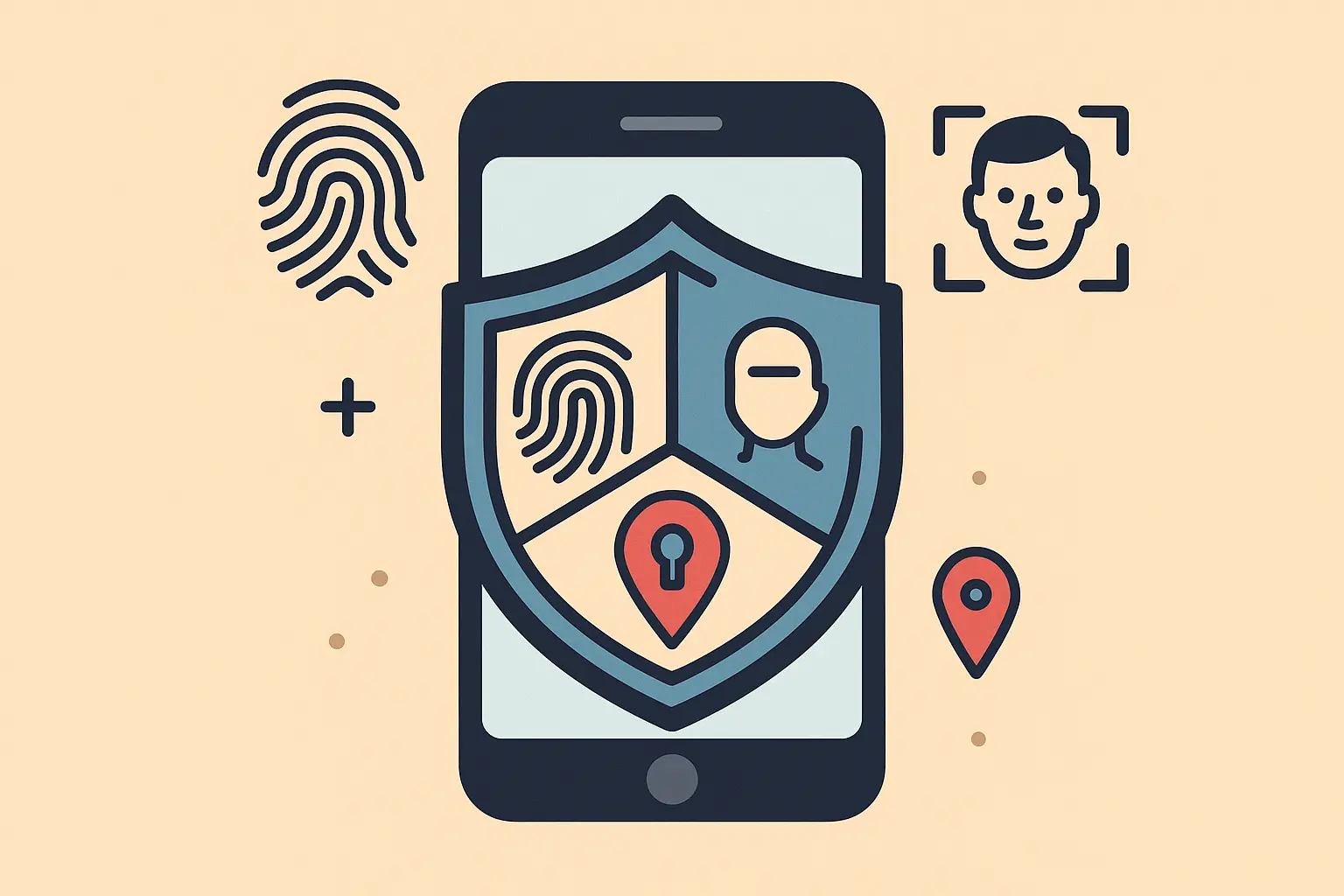
Setting Up Before Disaster Strikes
I learned this lesson the hard way: set everything up when you're calm, not when you're freaking out about a missing phone. Panic mode is not the time to figure out password recovery or backup settings.
The Stuff You Should Do Right Now
Essential Setup (Takes 10 Minutes):
Enable Find My Device and location services
Set a strong screen lock (PIN, pattern, or fingerprint)
Turn on automatic backups
Add a recovery email and backup phone number
Put an emergency contact on your lock screen
Testing Your Setup:
Hide your phone somewhere in your house and try to find it using another device. Make sure the ring function works and the location is accurate. Do this every few months.
Backup Your Digital Life
Here's what should be backing up automatically:
Quick Backup Check:
Photos → Google Photos (check it's actually uploading)
Contacts → Google Contacts (should happen automatically)
Apps → Google Drive (most app data saves here)
Messages → Google Drive (if you care about keeping texts)
Don't assume backup is working just because you set it up once. Check occasionally to make sure your stuff is actually being saved.
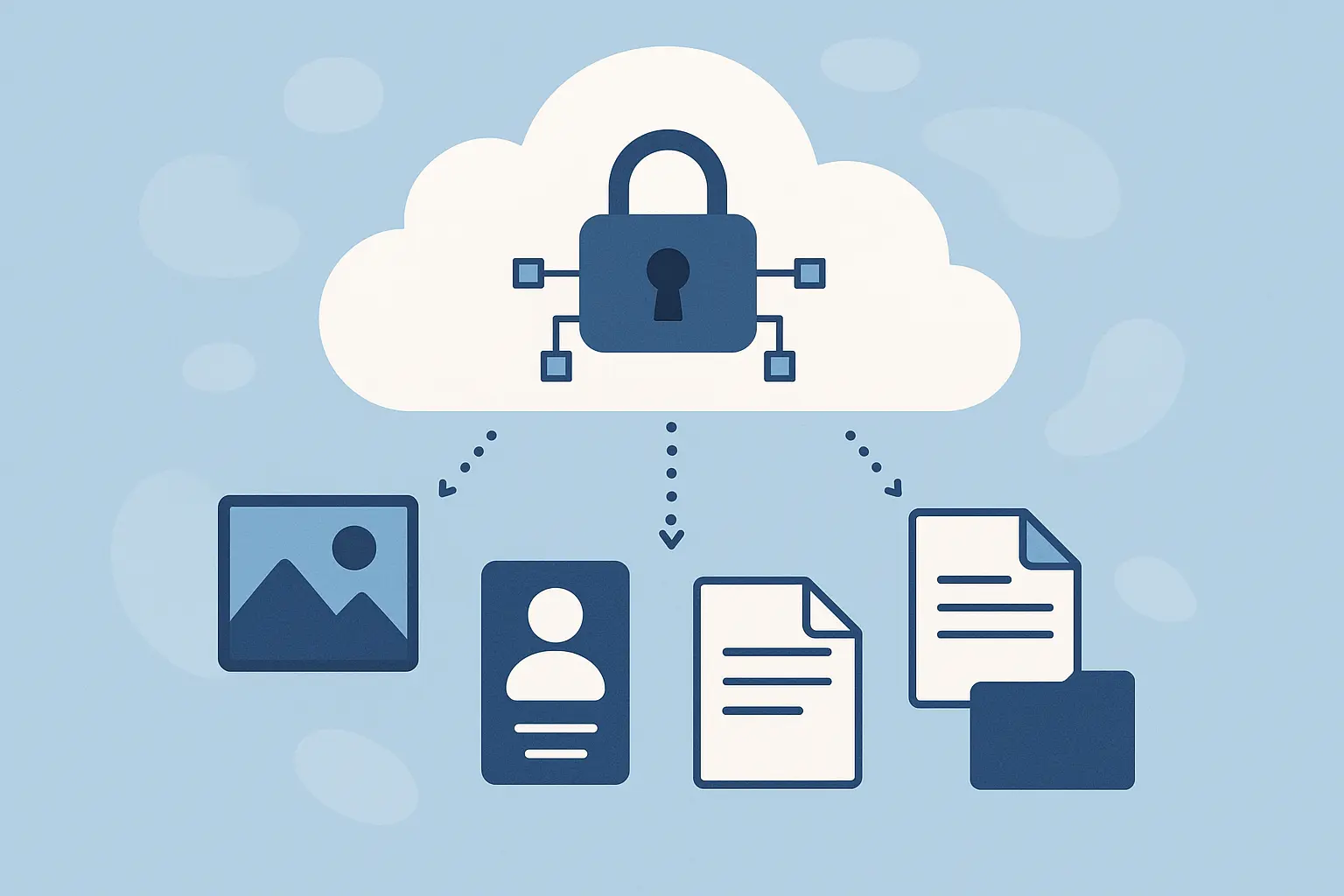
Smart Lock Settings That Actually Help
Smart Lock can automatically secure your phone when it leaves familiar places. So if someone steals your phone, it locks down automatically without you doing anything.
You can set trusted places (home, work), trusted devices (your car, smartwatch), and trusted faces. When your phone leaves these safe zones, it goes into full security mode.
Emergency Access Setup:
Always have backup ways to unlock your phone. If the screen gets cracked and fingerprint doesn't work, you still need to get in. Set up backup PIN codes and recovery options before you need them.
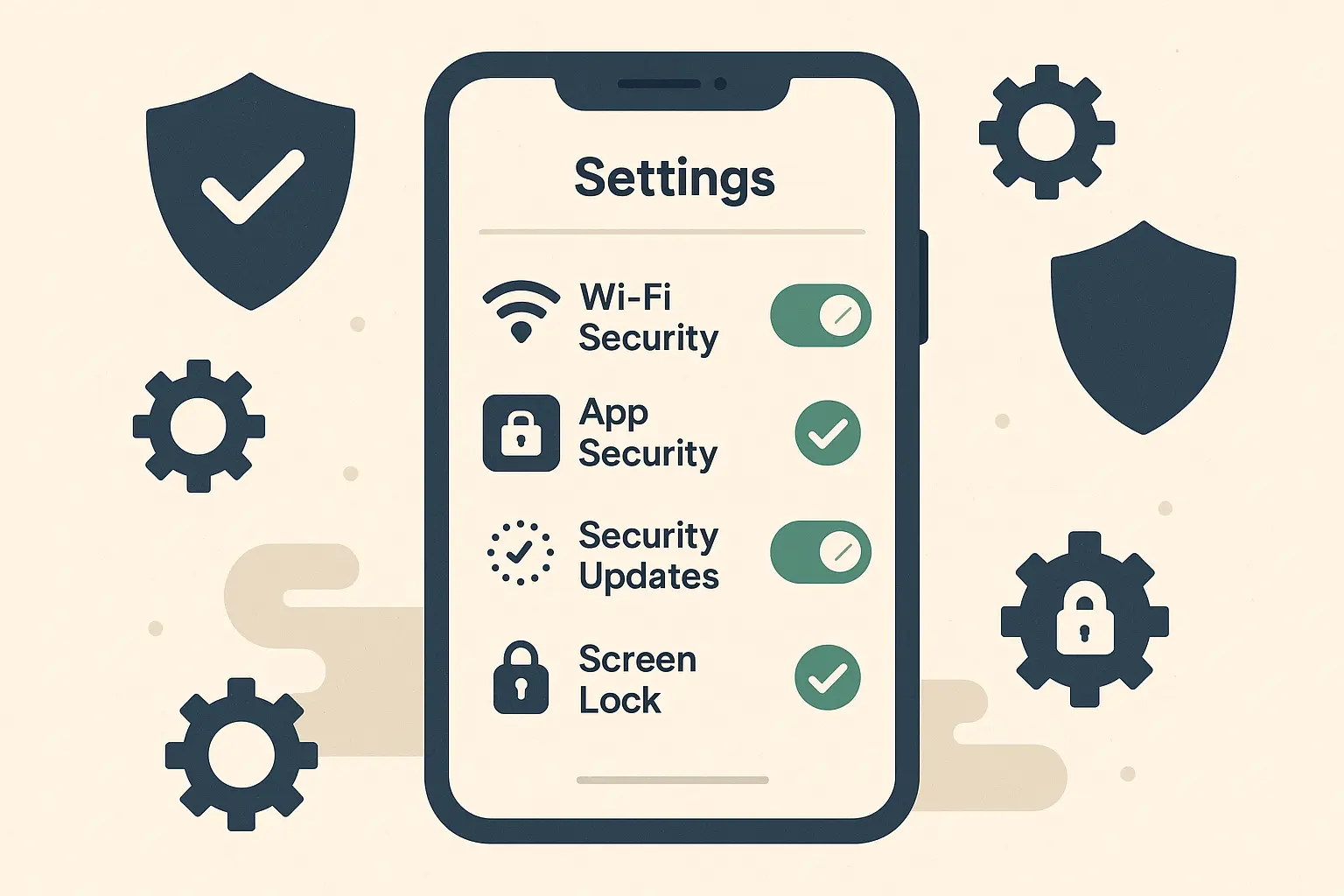
When All Else Fails - Real Talk About Recovery
Sometimes phones just disappear forever. I hate to be the bearer of bad news, but tracking technology isn't magic. If someone steals your phone and knows what they're doing, you're probably not getting it back.
What Actually Stops Phone Tracking
Battery Death: Game over for most tracking. Even the fancy Bluetooth detection only works for a few hours after shutdown.
Factory Reset: Wipes everything, including tracking apps. Takes about 30 seconds if you know what you're doing.
Airplane Mode: Cuts all connections. Your phone becomes invisible until someone turns connectivity back on.
Faraday Bag: Some thieves use signal-blocking bags. Your phone can be sitting right next to you and be completely undetectable.
Working with Police (Manage Your Expectations)
If you think your phone was stolen, file a police report and get a case number. But understand that most police departments won't actively investigate phone theft unless it's part of a bigger crime.
What helps police:
Clear timeline of when/where you lost it
Screenshots of location data
Any photos or evidence from tracking apps
Serial number and IMEI (write these down beforehand)
What doesn't help:
Expecting them to track down your phone immediately
Demanding they raid someone's house based on GPS coordinates
Getting angry when they can't do much about it
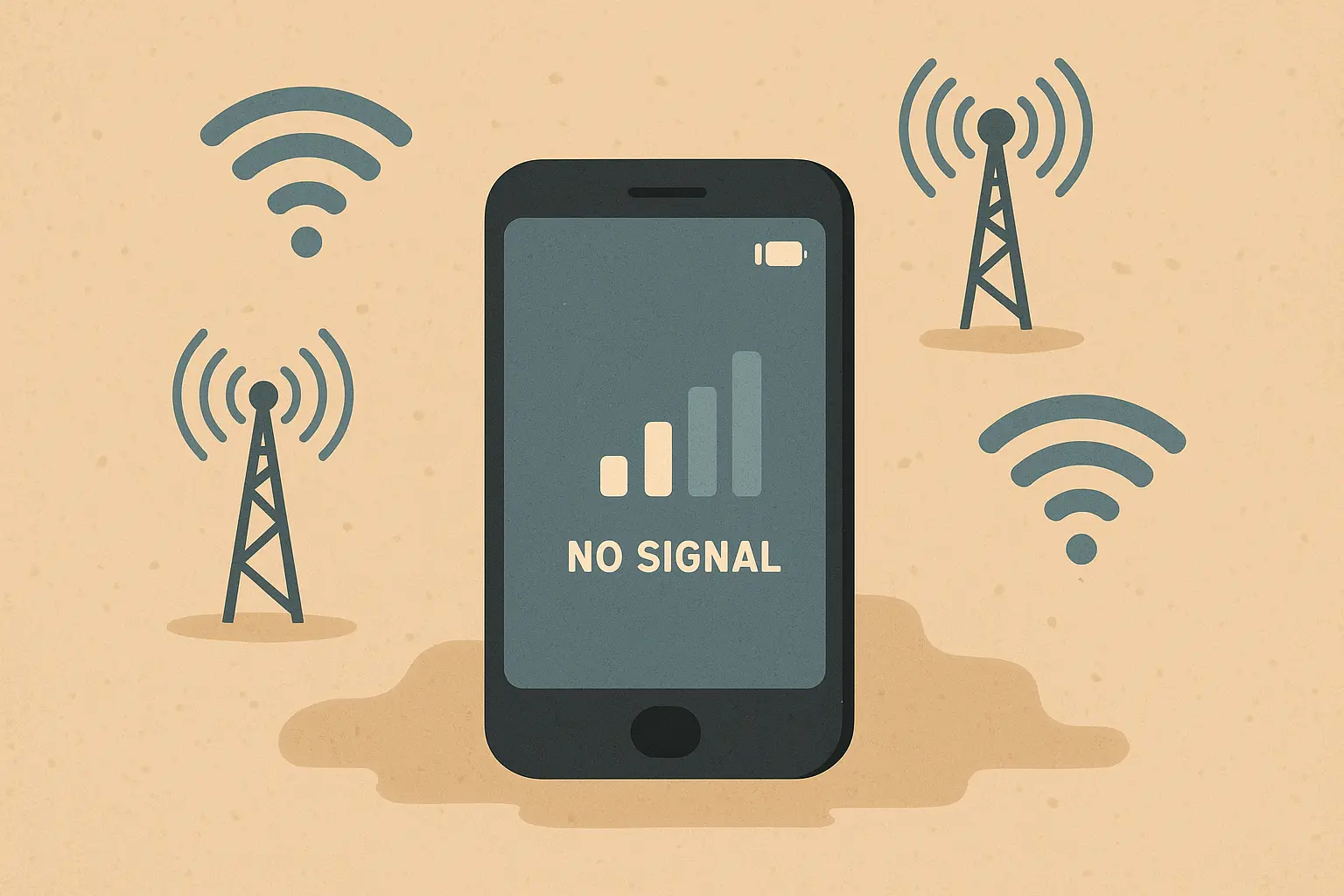
When to Give Up
Look, sometimes you have to cut your losses. If your phone has been missing for more than 24-48 hours and tracking shows it hasn't moved or connected to internet, it's probably gone for good.
Time to move on when:
No location updates for days
Last known location is somewhere sketchy
Find My Device shows "offline" for extended periods
You've exhausted all reasonable recovery options
Next Steps:
Change passwords for important accounts (banking, email, social media)
Contact your carrier to suspend service
File insurance claims if you have coverage
Buy a new phone and set up all this tracking stuff again
The Uncomfortable Truth About Phone Recovery
Most tracking tools work great for "where did I put my phone" situations. They're less effective for actual theft by people who know what they're doing. The success stories you hear about are usually cases where phones were lost, not stolen by professionals.
That said, set everything up anyway. Because when your phone is just hiding under your car seat or fell behind a restaurant booth, these tools are lifesavers.
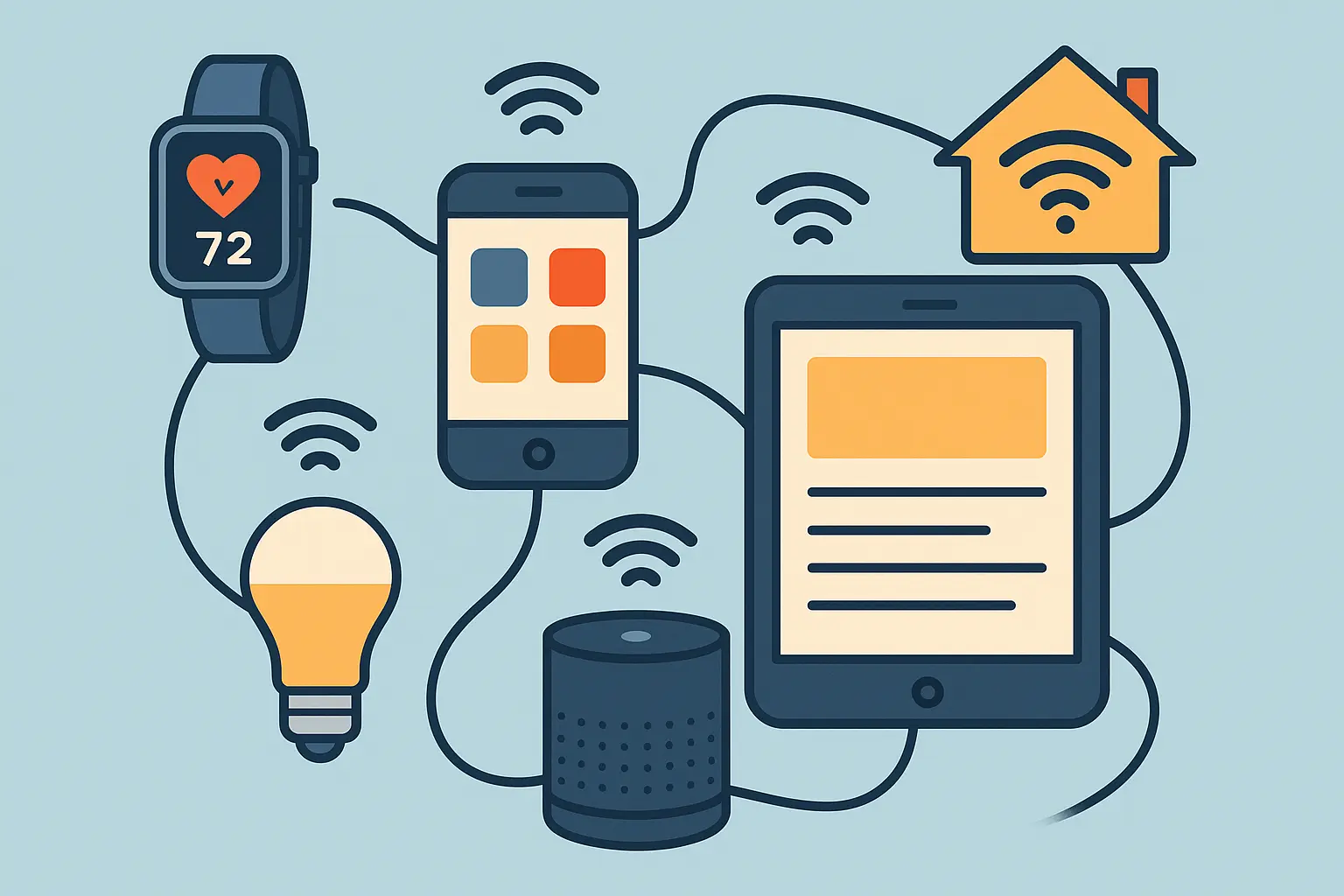
Future Tech That Might Actually Help
Phone tracking keeps getting better. New Android phones are adding ultra-wideband technology that can locate devices down to the centimeter - way more accurate than GPS. Some phones now have satellite connectivity for emergencies, which works even in the middle of nowhere.
The Google legacy "Find your phone" page now offers only the advice to "try calling your phone" instead of actual location services, but the new Find Hub platform promises better integration across all your devices.
Cross-Device Networks
The coolest new feature is crowd-sourced finding. Your lost phone can be detected by millions of other Android devices nearby, even when it's offline. It's like having a massive network of people helping you find your phone without them even knowing it.
Your smartwatch, earbuds, tablet, and even smart home devices can all help locate your phone or serve as backup communication methods. The more connected devices you have, the more ways there are to find your missing phone.
Understanding IP67 vs IP68 water resistance ratings helps ensure your device survives environmental hazards that could complicate recovery efforts, while most protective phone cases can prevent damage that might disable location services. For professionals who need reliable device protection, consider exploring law enforcement phone cases that provide military-grade protection for critical devices.
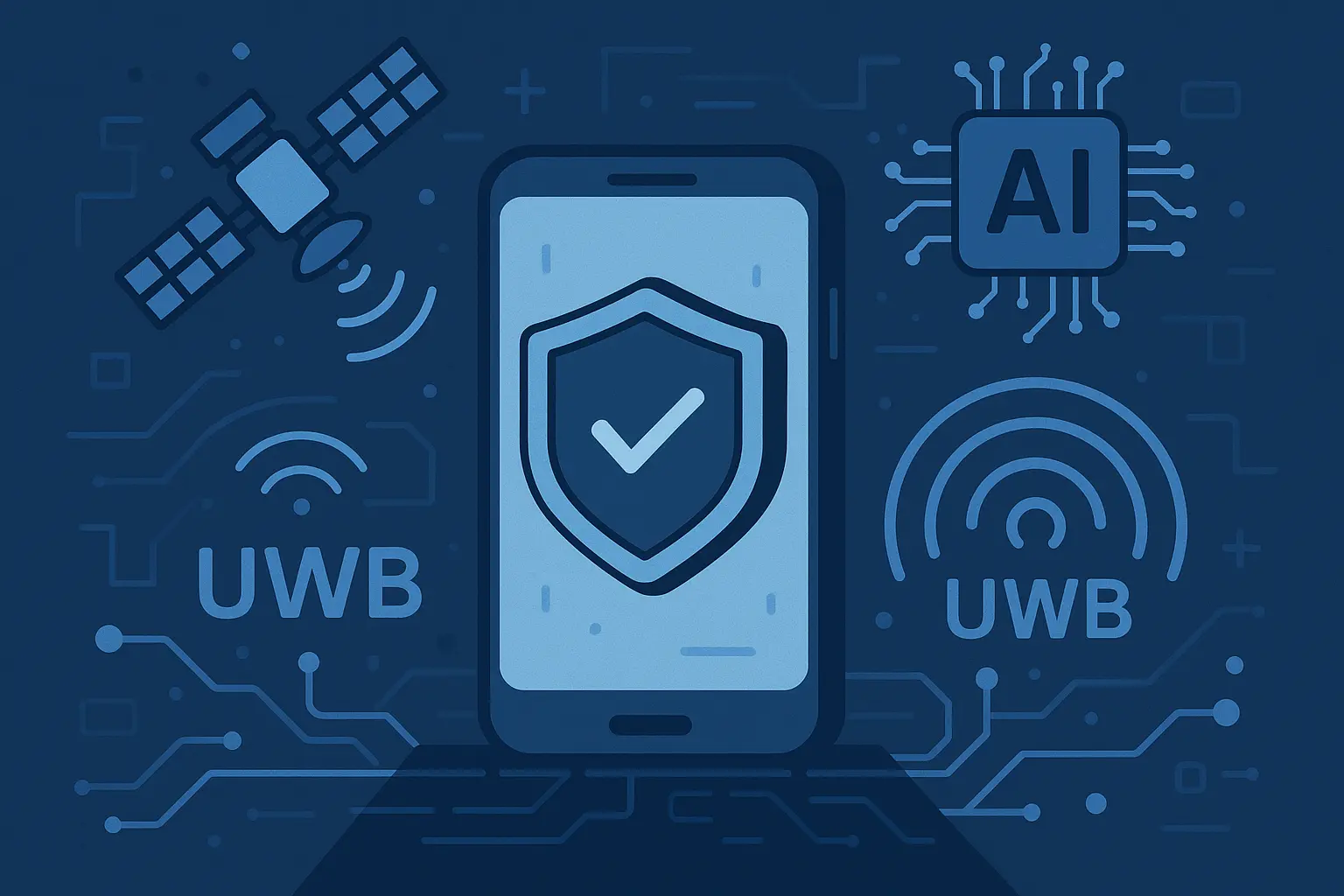
Satellite Integration for Remote Areas
Newer Android phones can connect to satellites for emergency location sharing, even in areas with zero cellular or WiFi coverage. This is huge for people who hike, camp, or work in remote areas where traditional tracking methods fail completely.
Learning how to make your phone charge faster becomes even more important as these advanced location features use more battery power.
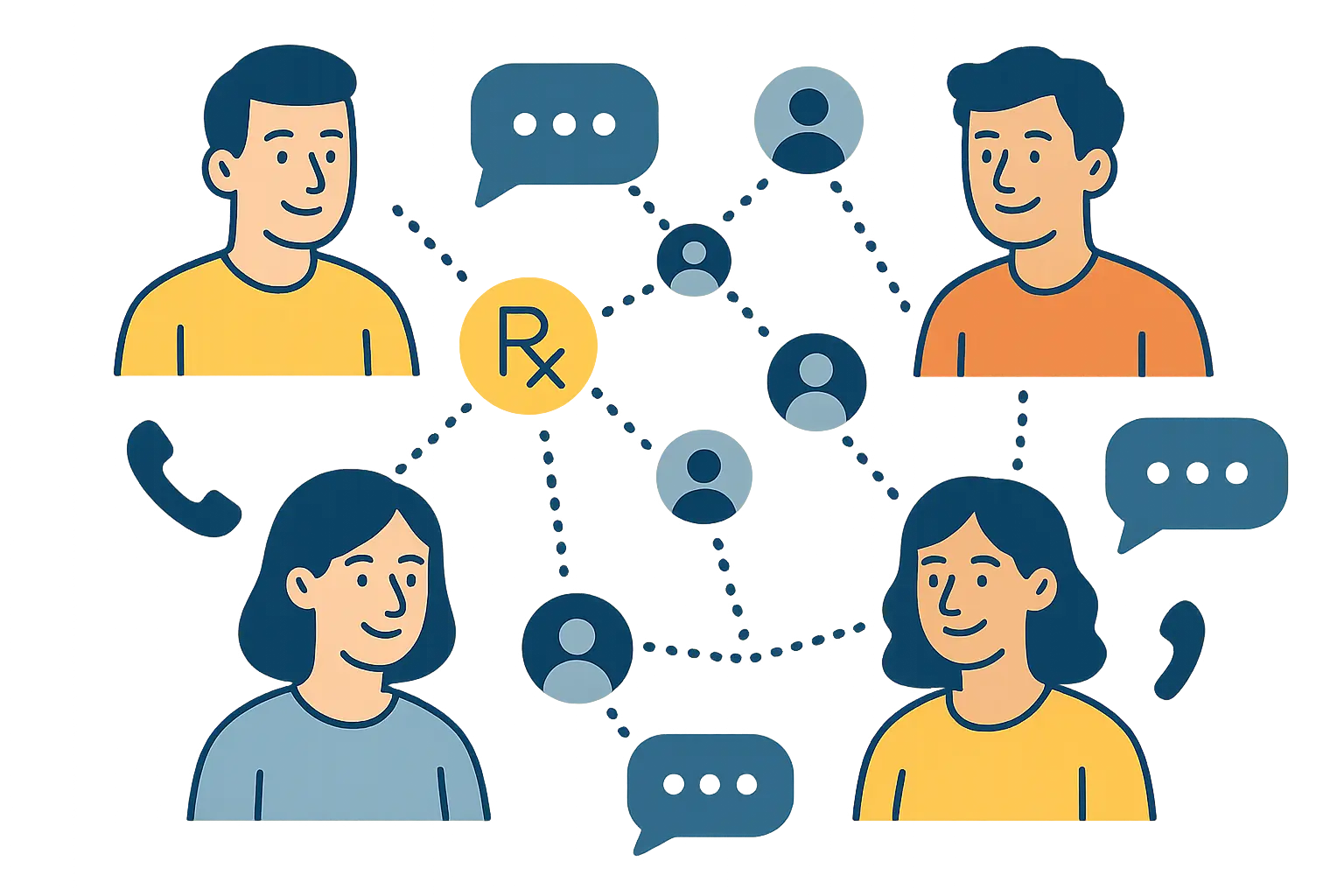
Bottom Line
Set this stuff up now, before you need it. Test it occasionally to make sure it works. And remember - sometimes phones just disappear forever, and that's okay as long as your important stuff is backed up.
The first hour after losing your phone is critical. Have a plan, act fast, but don't panic. Most of the time, your phone is somewhere obvious and these tools will help you find it.
But also be realistic. If someone steals your phone and knows what they're doing, tracking technology probably won't save you. These tools are great for everyday "where did I put it" situations, less great for professional theft.
Your photos are backed up to Google Photos, right? Your contacts sync automatically? Good. Then losing your phone is annoying but not catastrophic.
The physical protection of your device matters too, especially as phones get more sophisticated location hardware. Advanced tracking systems need functioning electronics, and drops or water damage can kill the very systems designed to help you recover your phone. That's where quality protection becomes essential - ensuring your phone's recovery systems stay functional when you need them most.
Ready to protect your device investment? Quality cases keep your phone's location services working even after significant impacts, because the best recovery system is the one that never fails when you need it.

